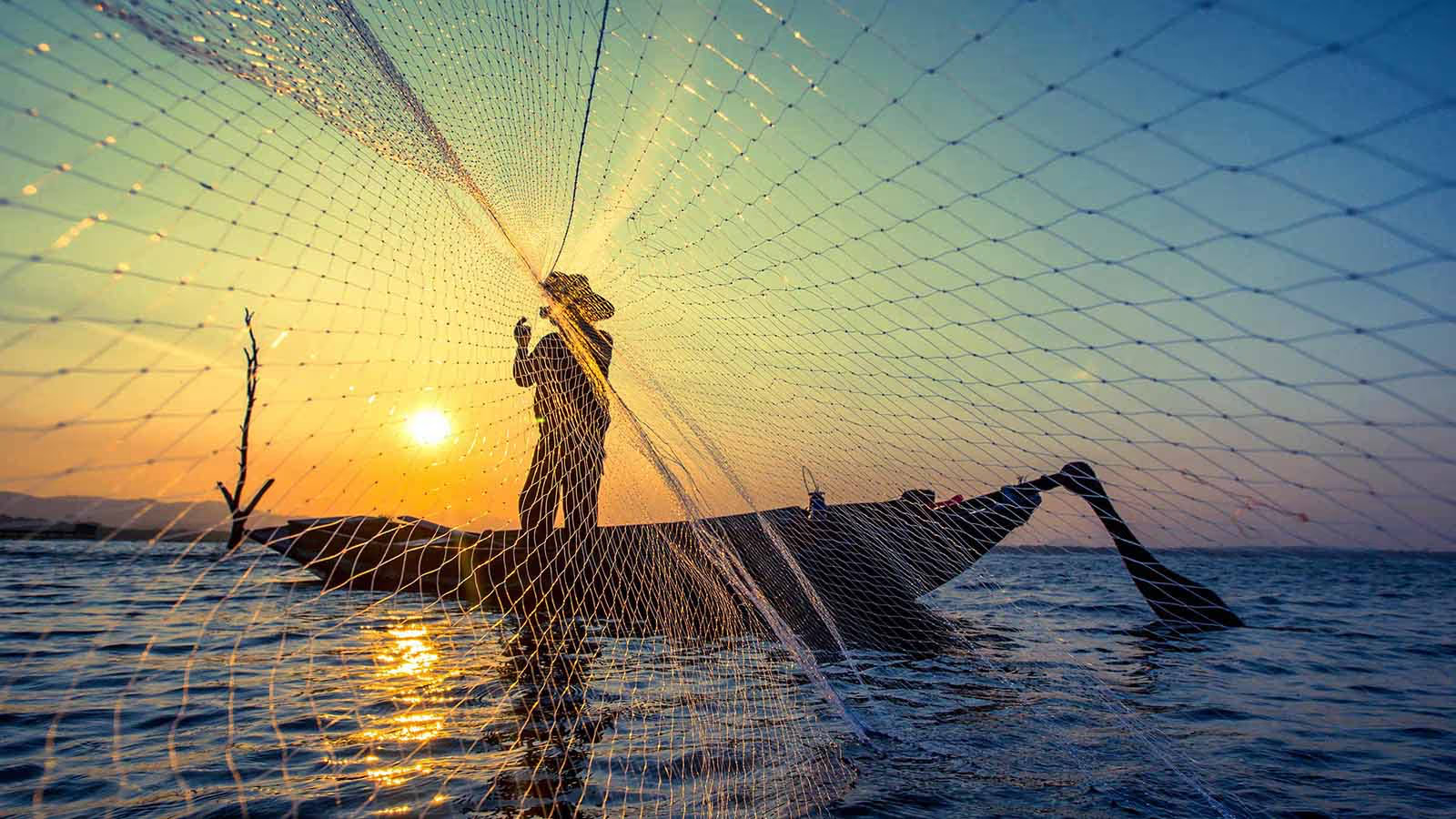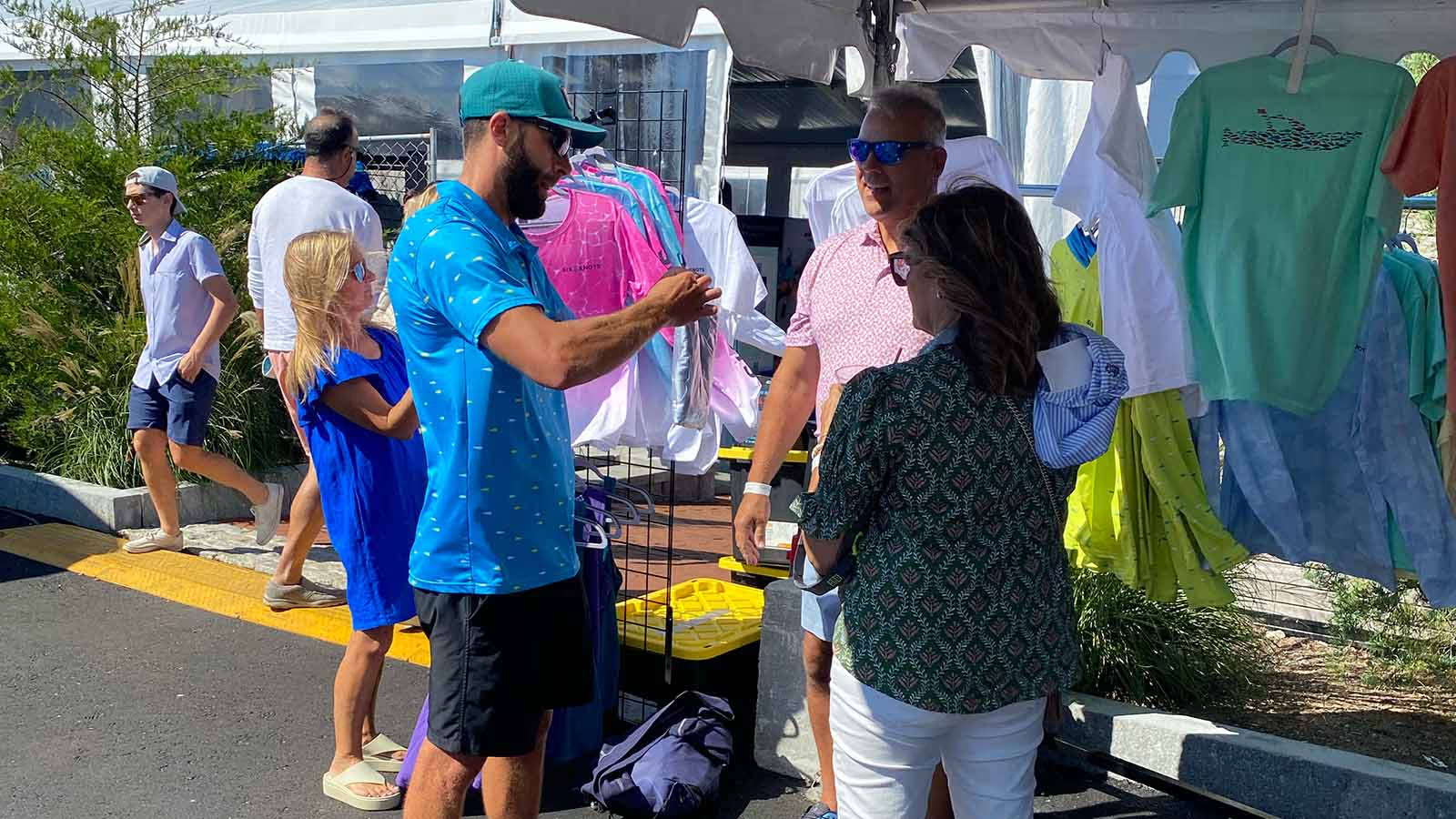Why Sustainable Fishing Matters
Fishing has long been a beloved pastime for millions around the world. It offers a connection to nature, a sense of calm, and the thrill of the catch. But while it provides joy and recreation, it's important to recognize that fishing also impacts our waterways and the wildlife that depend on them. Without mindful practices, fish populations can decline, habitats can degrade, and the future of the sport itself can be at risk. Embracing sustainable fishing is how we preserve both the experience and the ecosystems that make it possible.
Understanding and Following the Rules
Sustainability starts with respecting the regulations set by local, state, and federal agencies. These rules—whether they define size limits, seasonal closures, or protected species—are rooted in scientific research aimed at maintaining balanced and healthy fish populations. By staying informed and complying with these guidelines, anglers help protect vulnerable species and support the long-term health of our waterways.
Know Before You Go
Before heading out, take a few minutes to review current fishing regulations for your area. They often change seasonally and vary by location. Using mobile apps or official agency websites makes it easy to stay compliant—and ensures you're not unintentionally harming the fishery.
Responsible Practices on the Water
One of the most effective ways to protect fish populations is through proper catch and release techniques. Releasing a fish doesn't automatically ensure its survival; how it's handled makes a major difference. Removing the hook quickly, minimizing air exposure, and using wet hands or rubber nets all contribute to a healthier release. Circle hooks, barbless hooks, and artificial lures also help reduce deep hooking and injuries that compromise survival.
Choose Gear That Supports Conservation
The gear you use matters. Circle hooks reduce gut hooking, barbless hooks make releases faster and less damaging, and avoiding live bait can minimize the spread of invasive species. These simple gear choices, when used consistently, add up to a major conservation impact—especially in heavily fished areas.
Spread the Word, Protect the Future
Sustainable fishing is a shared responsibility. When you take time to educate others—whether that's your kids, friends, or fellow anglers—you help build a community that values long-term stewardship over short-term success. Hosting or attending local workshops, conservation events, or youth fishing programs can amplify the message. Encouraging respect for waterways ensures that the next generation will enjoy the same peaceful moments and thrilling catches that drew us in.
Final Thoughts: Preserving What We Love
Fishing is more than a hobby—it's a way to connect with nature, find peace, and build community. But these experiences depend on healthy fish and clean water. By embracing sustainable practices and helping others do the same, we protect more than just the sport—we protect the places that make it possible. Let's keep fishing something we can all enjoy for generations to come.





